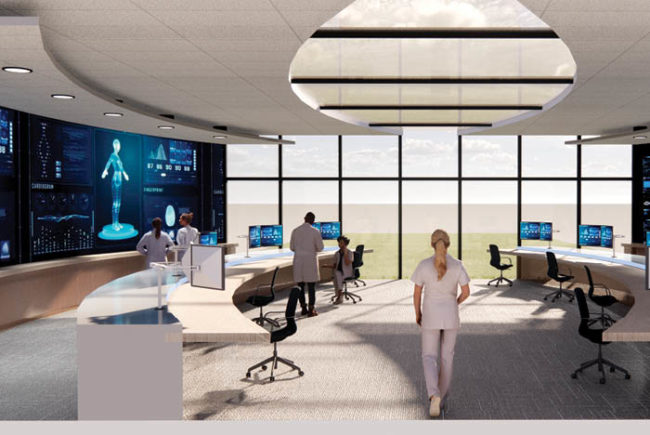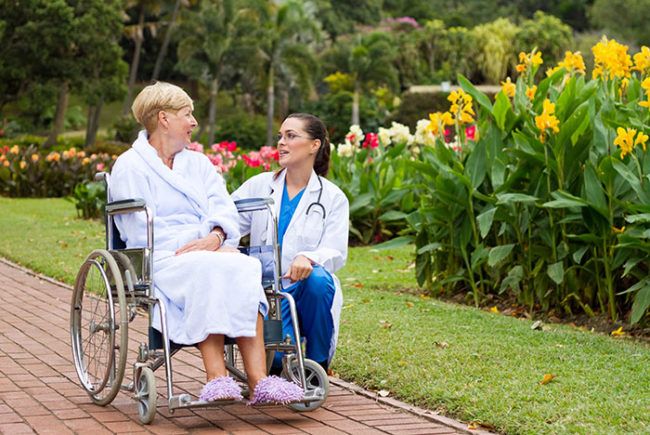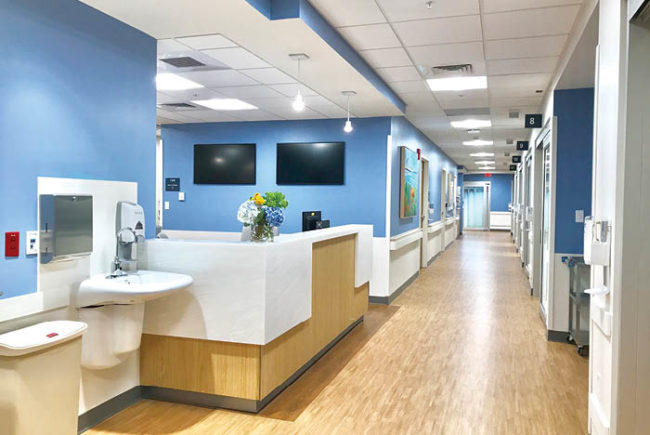As efficiency and throughput remain top goals for health care organizations in an era of reduced reimbursements, more attention is being placed on how design professionals can help to provide greater patient satisfaction and more efficient care.
For instance, the first article in this month’s HFM Design News looks at some of the experiments architects and health care organizations are conducting to reduce emergency department (ED) wait times. As recounted in the story, several high-profile hospitals are reporting better treatment times and higher patient capacities through a variety of design strategies, including more efficient triage areas and departmental layouts.
Of course, many of these designs serve double duty by helping to ease the anxieties of patients and their families during their visits. Toward that end, our second feature explores how interior designers can take visual cues from local scenery, geographical elements and panoramic vistas to deliver projects that will feel more comfortable to those in the local community.
Another key aspect of ED efficiency and, indeed, overall hospital efficiency is the growing role of a hospital’s technology infrastructure in moving vital information throughout the organization to improve building operations as well as clinical performance. Our third feature discusses how the hospital’s various information systems are converging into a single entity and how health facilities professionals can help to smooth this transition.
Finally, our fourth feature looks at an often-unsung hero in the success of an efficient patient throughput effort — the clinical laboratory. Without a productive laboratory operation supporting it, the best-designed EDs will have trouble keeping up during a surge of patients. Fortunately, health care organizations and their designers have been experimenting with open-plan designs, automated testing systems, biosafety-level design, and molecular diagnostics and testing to help boost efficiency and throughput.
Whether it’s through space planning, aesthetics or technology integration, health care design professionals are playing a major role in bringing new efficiencies and greater satisfaction to both patients and staff in emergency departments and other health care spaces.





